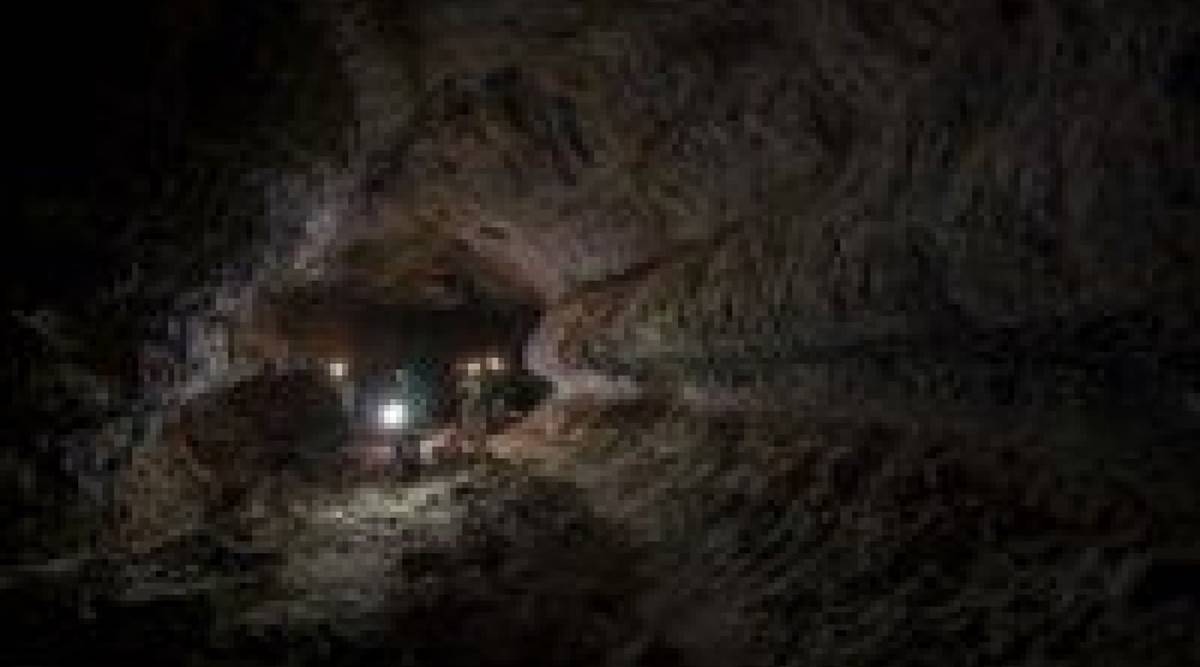 Lava tubes (Source: University of Bologna)
Lava tubes (Source: University of Bologna)Planet Earth has several lava tubes, also called as volcanic caves that act as “channels of rivers of lava that at some earlier time flowed downslope from a volcanic vent or fissure”. Like Earth, Mars and Moon also have these lava tubes on their subsurface. However, according to a recent study published in the international journal Earth-Science Reviews, these tubes are 100 and 1,000 bigger than Earth on Moon and Mars respectively.
“Lava tubes could provide stable shields from cosmic and solar radiation and micrometeorite impacts which are often happening on the surfaces of planetary bodies,” the study’s lead author, Franceso Sauro, said in a statement. “Moreover, they have great potential for providing an environment in which temperatures do not vary from day- to nighttime. Space agencies are now interested in planetary caves and lava tubes, as they represent a first step toward future explorations of the lunar surface (see also NASA’s project Artemis) and toward finding life (past or present) in Mars subsurface.”
The high-resolution pictures of Mars and Moon’s lava tubes were analysed and compared to the ones in Hawaii, Canary Islands, Australia and Iceland by researchers at the Universities of Bologna and Padua. The subsurface cavities that led to the creation of the lava tubes were also analysed and it was found that they can act as shields against cosmic as well as solar radiations. This indicates that lava tubes on these celestial objects can serve as a target for subsurface exploration.

“We measured the size and gathered the morphology of lunar and Martian collapse chains (collapsed lava tubes), using digital terrain models (DTMs), which we obtained through satellite stereoscopic images and laser altimetry taken by interplanetary probes,” study co-author, Riccardo Pozzobon, added. “We then compared these data to topographic studies about similar collapse chains on the Earth’s surface and to laser scans of the inside of lava tubes in Lanzarote and the Galapagos. These data allowed to establish a restriction to the relationship between collapse chains and subsurface cavities that are still intact.”
Because of the size of the lava tubes, Riccardo Pozzobon, a planetary geologist at the University of Padua believes that they can be potential settlements due to the “protected and stable environments of lava tubes” and can accommodate a large number of astronauts. The sizes of tubes are also likely up to 100 feet wide and upwards of 40km long.